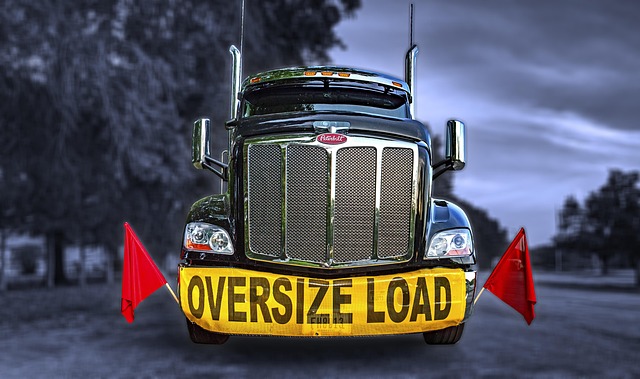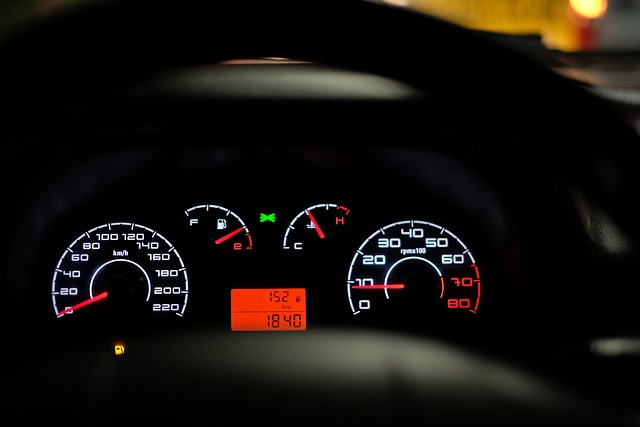Registering a car in California involves understanding specific requirements and gathering essential documents. This step-by-step guide will walk you through the process, emphasizing the critical role of Vehicle Identification Number (VIN) verification for accuracy and compliance. From ensuring all necessary paperwork is in order to selecting the right registration type, this article covers everything you need to know—including key SEO terms like VIN verification—to streamline your California car registration experience.
- Understand California Car Registration Requirements
- Gather Necessary Documents for VIN Verification
- Perform Vehicle Identification Number (VIN) Check
- Choose an Appropriate Registration Type
- Submit Application and Pay Fees
Understand California Car Registration Requirements

Before registering your car in California, it’s crucial to understand the state’s specific requirements for vehicle identification number (VIN) verification. The process involves ensuring that your vehicle meets all legal standards and is eligible for registration. One important step is obtaining a valid VIN inspection report, which confirms the vehicle’s authenticity and condition.
In California, a mobile VIN inspection or vin inspection service can be a convenient option. These services send professionals to your location to perform a thorough check of your car’s VIN and provide you with the necessary documentation for registration. This approach saves time and effort, especially if you’re not familiar with the local procedures. By utilizing a mobile vin verifier, you can streamline the registration process and drive your newly registered vehicle with peace of mind.
Gather Necessary Documents for VIN Verification

Before you start the registration process in California, make sure to gather all the essential documents for VIN (Vehicle Identification Number) verification. This step is crucial as it ensures that your vehicle meets all legal requirements and standards. You’ll need the following:
1. A valid driver’s license or state-issued ID card.
2. The certificate of title (or proof of ownership) from the previous state where the car was registered.
3. A completed California Vehicle Registration Application form, which can be obtained from the California Department of Motor Vehicles (DMV).
4. Documentation proving your residency in California, such as a utility bill or lease agreement.
5. The vehicle’s current insurance policy if you have it. If not, proof of ability to obtain insurance is required.
6. For a mobile VIN verification, some third-party services might be helpful, ensuring a swift and accurate process. These services can provide a digital report, making it easier to complete your registration.
Perform Vehicle Identification Number (VIN) Check

Before registering your car in California, performing a Vehicle Identification Number (VIN) check is a crucial step. This process involves verifying the vehicle’s history and ensuring it hasn’t been reported as stolen or had significant damage. You can conduct this vin verification through various methods, including using an online service or contacting the California Department of Motor Vehicles (DMV). If you prefer a more convenient approach, consider hiring a mobile vin inspector or utilizing a mobile vin verifier to have the check done at your location.
A VIN inspection is essential as it provides critical information about the vehicle’s authenticity and condition. This includes details about previous owners, service records, accident history, and outstanding recalls. By ensuring the accuracy of these facts, you can protect yourself from potential issues and make an informed decision when registering your car in California.
Choose an Appropriate Registration Type

When registering your car in California, understanding the different registration types is key. The first step in this process involves choosing between a standard vehicle registration or a specialized one, depending on your needs. Standard registration is suitable for most personal and everyday vehicles. However, if you’re importing a classic car or have a unique vehicle with specific requirements, specialized options may apply. One important consideration here is undergoing a VIN (Vehicle Identification Number) verification process. This ensures the vehicle’s authenticity and history, which is crucial for compliance with California’s registration standards.
A key aspect to consider during this selection is whether you require additional services like a mobile VIN inspection or verification. These options are particularly beneficial if you’re dealing with time-sensitive situations or have access challenges. Some Californians opt for these mobile services to save time and effort, ensuring their vehicle’s details are accurately checked before registration. This step can prevent potential delays later in the registration process.
Submit Application and Pay Fees

Once you’ve gathered all necessary documents, it’s time to submit your application and fees. The California Department of Motor Vehicles (DMV) requires a completed Application for Title and Registration (Form DVF 140), which can be done online or in person. Along with this form, you’ll need to pay the required registration fees, which vary based on vehicle type and model year.
For added convenience, many services offer mobile vin verification and inspection, allowing you to complete these steps from the comfort of your home or office. A mobile vin inspection ensures that every detail of your vehicle is accurately verified before registration, giving you peace of mind.
Registering a car in California involves understanding specific requirements, gathering essential documents, and completing a VIN verification process. By following these steps and choosing the right registration type, you can ensure your vehicle is legally compliant. Remember, a correct and timely registration not only protects your investment but also facilitates smoother driving experiences in the Golden State.



